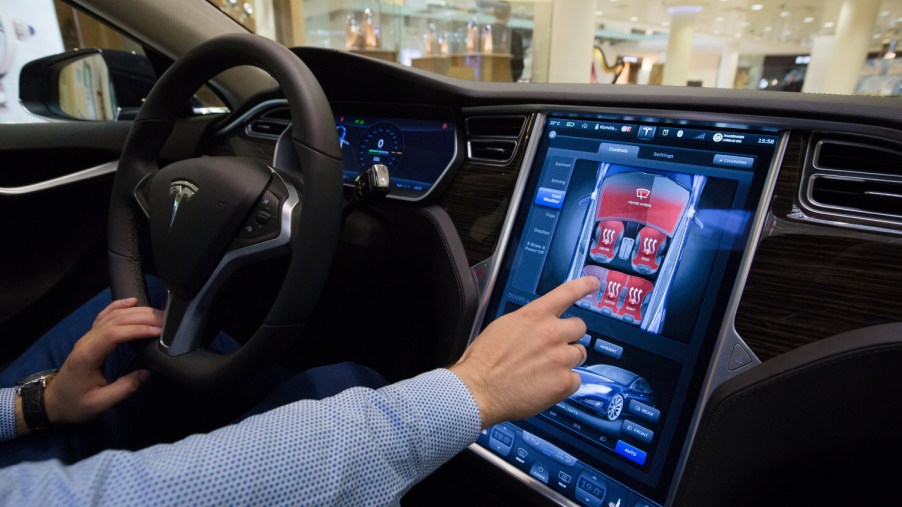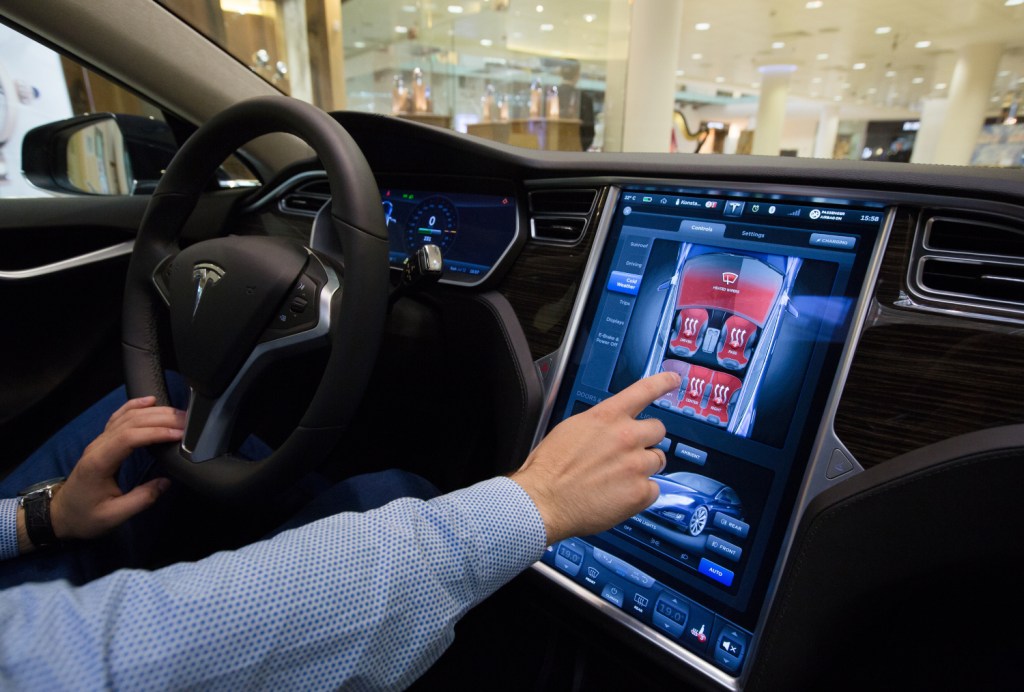
Do Tesla Electric Vehicles Have Different Warranties?
Most people think that a warranty is a warranty, but did you know electric vehicles have different warranties than internal combustion engine vehicles. Since these cars have different parts, electric vehicles have different warranties. Tesla has a well-documented warranty that we can look at.
Tesla electric vehicle warranties

Let’s take a look at the Tesla warranty, for example. Tesla offers a new vehicle limited warranty which includes a basic vehicle limited warranty and supplemental restraint system limited warranty. It also includes the battery and drive unit limited warranty.
The basic vehicle warranty covers your Tesla for four years or 50,000 miles. The supplemental restraint warranty covers five years of 60,000 miles.
The battery and drive unit warranty depends on which vehicle you have. The Model S and Model X are covered for eight years or 150,000 miles. One of the stipulations is that it must retain 70% of battery capacity over the warranty period.
The Model 3 Standard range is right years, 100,000 miles, with the same 70% retention. The Model 3 Long Range, Performance, and Model Y Long Range and Performance has a warranty period of eight years or 120,000 miles.
The battery retention stipulation is likely to ensure you don’t run the battery into the ground immediately and then try to replace it under the warranty.
Electric vehicle batteries
Electric vehicles and hybrids are very different from internal combustion engine (ICE) vehicles, but we know that. One of the major differences is the battery. The point of hybrid cars is to reduce pollution and the amount of fuel a car might need.
Because of this, batteries are included in the emissions system. And because of this fact, batteries are warrantied by the government for eight years or up to 100,000 miles. This also covers important parts like the battery cooling system and CVT transmission.
In California, the Zero Emission Vehicle (ZEV) program ensures coverage for even longer. California hybrids are covered for up to 10-years, 150,000 miles.
Though there are no federal regulations for all-electric vehicles, most companies have the same eight-year, 100,000 warranty for batteries and related parts.
Gasoline-powered car warranties
According to Edmunds, a warranty is in place to help pay for certain types of costs. This includes mechanical breakdowns that might incur parts and labor costs.
The basic warranty will cover everything except maintenance items and tires or batteries. So your warranty will not cover oil changes or new tires because these are general wear and tear items. The federal government requires that emissions equipment is covered for two years or 24,000 miles.
The drivetrain warranty covers parts like the engine, transmission, and driveshaft. This will not cover wear and tear on things like hoses or belts but will cover pieces of the engine.
Depending on your car and where you live, there might be coverage of corrosion or rust. Some will cover certain areas of the car if those areas are prone to rust, but this doesn’t happen quite as frequently with modern vehicles.
Finally, some manufacturers offer roadside assistance for the first year or two. This means the company will send someone out to help if your car breaks down or runs out of gas. In certain instances, you can also get help if you lock your keys in your car.



